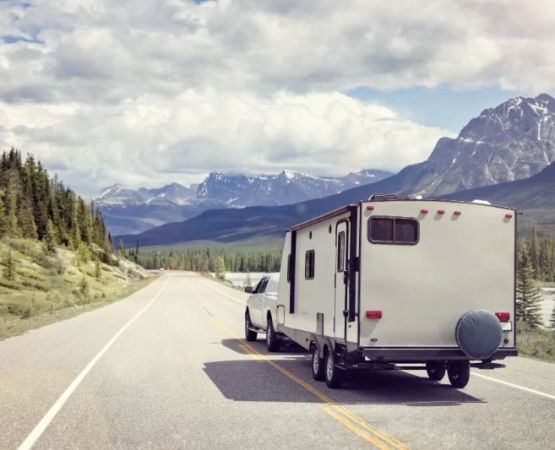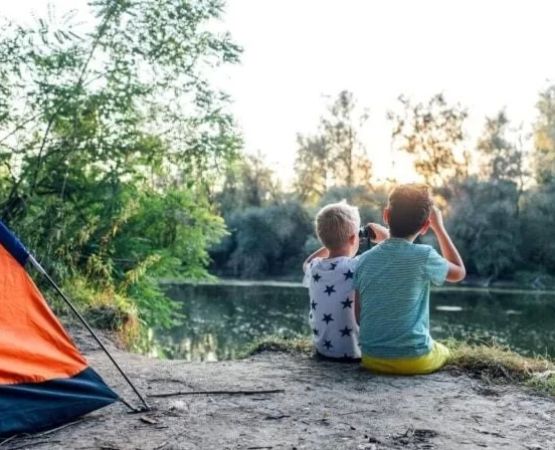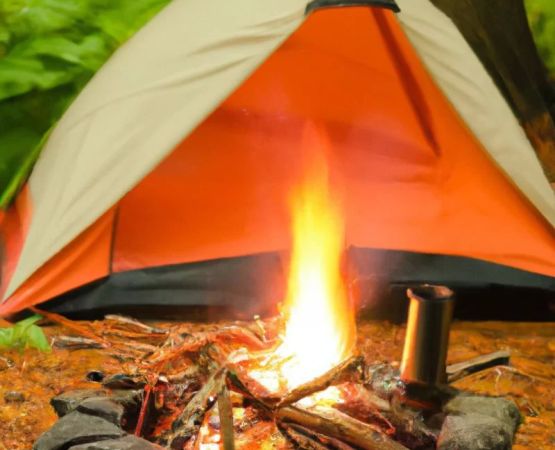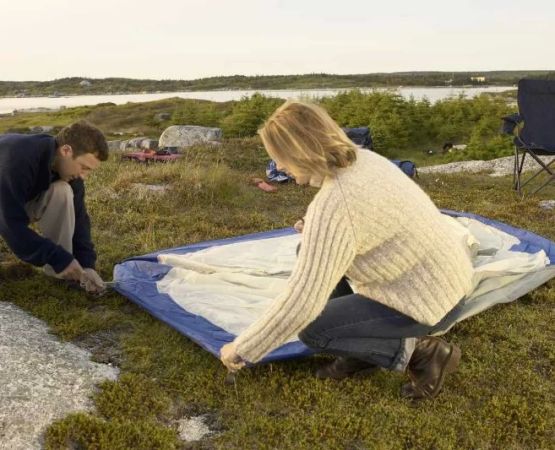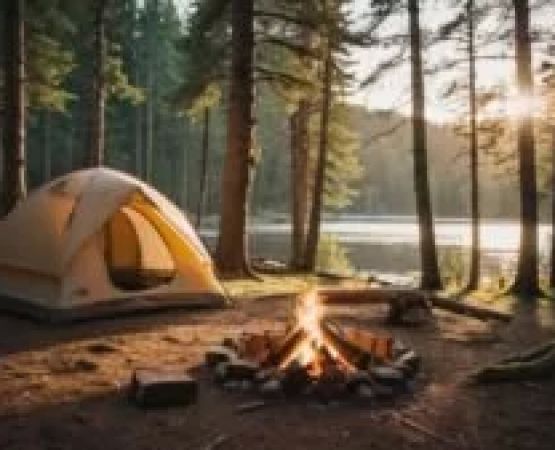Choosing the Best Sleeping Pad for Your Camping Trip
When I first started camping, getting a good night’s sleep was always a challenge. The uneven ground, the chill of the night air, and the noise of the wilderness would often make me toss and turn in my tent. But all of that changed once I found the best sleeping pad for my needs. A high-quality sleeping pad can transform your outdoor experience, providing comfort and insulation no matter where you camp. If you're planning your next adventure, let me share with you everything I’ve learned about finding the best sleeping pads to ensure a great night's sleep under the stars.
The Importance of a Good Sleeping Pad
Let me tell you, the right sleeping pad can be a game changer. It’s not just about cushioning, though that’s certainly important. A good sleeping pad also provides insulation from the cold ground, which can make a huge difference when the temperature drops at night. I learned this the hard way during a camping trip in the mountains last year. I didn't realize how quickly the ground temperature can drop, and despite having a nice sleeping bag, I woke up shivering. A better sleeping pad would have kept me warm and comfortable.
Types of Sleeping Pads for Different Camping Needs
Not all sleeping pads are created equal. When it comes to choosing the right one, it's essential to think about the type of camping you're doing. Are you going on a car camping trip, or are you heading out on a long backpacking adventure? The weight and size of your sleeping pad can vary significantly based on your needs.
For example, when I go car camping, I don’t mind carrying a slightly heavier sleeping pad because I have more space and weight isn’t as big of a concern. But when I’m backpacking, I opt for something lighter and more compact. This choice makes a big difference when you're carrying all your gear on your back for miles. Below are the main types of sleeping pads I’ve encountered:
1. Air Pads
Air pads are some of the lightest and most compact sleeping pads available. They use air to provide cushioning and are usually quite comfortable, though they do tend to be thinner than foam pads. I’ve found that they are best for moderate to warm weather camping, as they tend to provide less insulation against cold ground. However, if you're looking for portability and don't mind inflating your pad before bed, an air pad might be the perfect option for you.
2. Foam Pads
On the other hand, foam pads are the traditional choice for campers who prioritize insulation. I’ve used foam pads in colder conditions and have always appreciated their ability to keep me warm. While they aren’t as compact or lightweight as air pads, they are durable, won’t puncture, and provide excellent insulation. They’re also great for those who are more concerned about staying warm than packing light.
3. Self-Inflating Pads
Self-inflating pads are a great middle ground between air and foam pads. They combine the comfort of air pads with the insulation of foam pads. These pads are typically filled with open-cell foam, which allows them to inflate on their own after you open the valve. I love the convenience of not having to manually inflate my sleeping pad, and the added insulation makes them great for colder climates.
What to Look for in the Best Sleeping Pad
When I’m shopping for a sleeping pad, I always consider these three main factors: weight, R-value (insulation), and durability. Let’s break them down a bit:
1. Weight
Weight is crucial, especially if you're backpacking. The lighter your sleeping pad, the less strain on your body during your hike. I’ve learned to value lightweight sleeping pads when I’m hitting the trails for multiple days in a row. However, if you're car camping, you might not need to worry as much about the weight, and can opt for a more cushioned and heavier option.
2. R-Value
The R-value indicates how well a sleeping pad insulates you from the cold ground. Higher R-values mean better insulation. If you're camping in colder weather, I’d recommend choosing a sleeping pad with a higher R-value. On a trip in the early spring, I used a pad with an R-value of 3.0, and while it kept me fairly warm, I definitely would’ve been more comfortable with an R-value closer to 5.0. Keep in mind that the R-value varies by season and location.
3. Durability
There’s nothing worse than waking up to a deflated sleeping pad in the middle of the night. I’ve learned the hard way that durability is a key consideration. Look for sleeping pads made with high-quality materials that resist punctures and abrasions, especially if you're camping in rough terrain. While some lighter pads might not be as durable, heavier models tend to be more resistant to wear and tear.
My Personal Recommendations for the Best Sleeping Pads
After many camping trips and trial and error, I’ve narrowed down my top picks for sleeping pads that offer a perfect blend of comfort, portability, and durability. Here are a few of my favorites:
1. Therm-a-Rest NeoAir XTherm
The Therm-a-Rest NeoAir XTherm is my go-to sleeping pad for cold-weather camping. It has an R-value of 6.9, making it perfect for winter camping or trips to higher altitudes. It’s lightweight, compact, and offers excellent insulation. I've used it on several freezing nights, and it kept me warm throughout the night. It’s my personal favorite for backpacking in cold conditions.
2. REI Co-op Flash Insulated Air Sleeping Pad
If you’re looking for a great all-around sleeping pad, the REI Co-op Flash Insulated Air Sleeping Pad is a fantastic choice. It has a good balance of weight, comfort, and insulation, with an R-value of 3.2. It’s perfect for three-season camping, and it’s much more affordable than other high-end options. I’ve taken it on countless summer and fall trips, and it has yet to disappoint.
3. Sea to Summit UltraLight Insulated Air Sleeping Pad
This pad is incredibly lightweight, making it a great option for those who need to save space and weight while backpacking. The Sea to Summit UltraLight Insulated Air Sleeping Pad features a high R-value of 3.3 and is durable enough to handle rough conditions. I’ve used it on multi-day hikes, and it provided a surprisingly comfortable night’s sleep.
Tips for Using Your Sleeping Pad
Once you’ve selected the perfect sleeping pad, it’s important to use it correctly. Here are a few tips I’ve learned along the way:
1. Inflate Your Pad Before Setting Up Your Tent
Inflating your sleeping pad outside of your tent can save you space and ensure that the pad is fully inflated. I once made the mistake of trying to inflate my pad in the cramped space of my tent, and it was a struggle. Save yourself the hassle and inflate it beforehand.
2. Store Your Pad Properly
After each trip, I always make sure to store my sleeping pad properly. I avoid rolling it too tightly, which could cause damage to the material. Instead, I loosely roll it up and store it in a dry, cool place. This extends the life of the pad and keeps it in good condition for future trips.
3. Use a Sleeping Pad Repair Kit
It’s always a good idea to carry a repair kit with you when camping. Sleeping pads can sometimes get punctured by sharp objects, and having a repair kit on hand can save your trip. I’ve had to patch up my pad on a few occasions, and it's always been a lifesaver.


